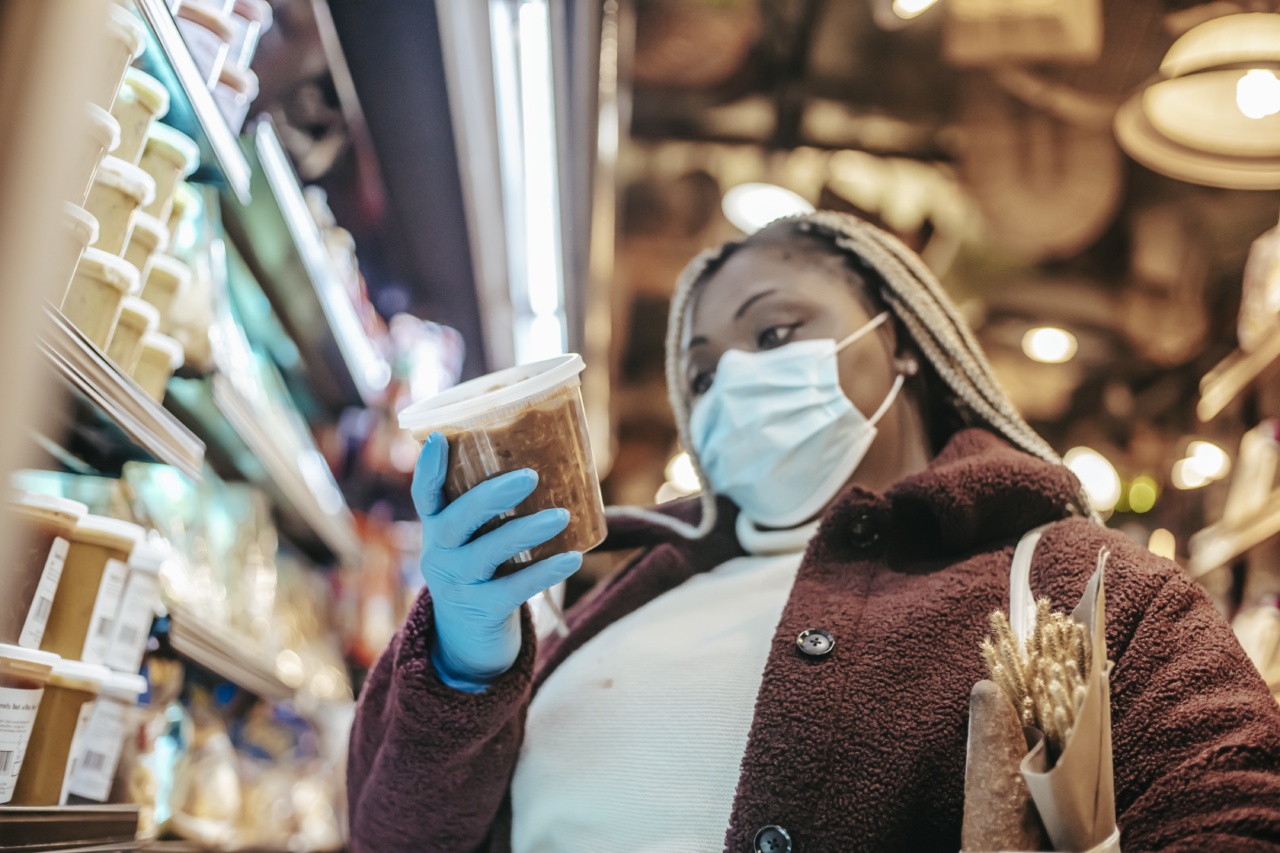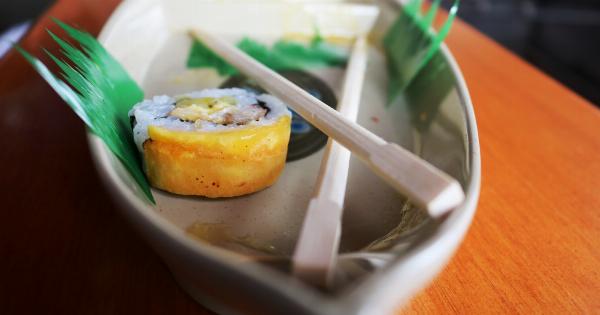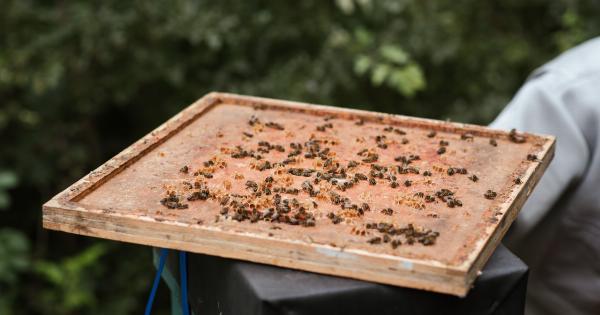Food poisoning can occur when you consume contaminated food, leading to various unpleasant symptoms including nausea, vomiting, diarrhea, and stomach cramps. One of the key places where food can become contaminated is your fridge and kitchen.
To protect yourself and your loved ones from falling ill, it is crucial to follow proper food safety practices. In this article, we will discuss 18 effective ways to safeguard yourself from food poisoning in your fridge and kitchen.
1. Keep Your Fridge Clean
A clean fridge is essential for preventing food poisoning. Regularly clean the inside of your fridge using a mild soap or cleaning solution. Pay special attention to shelves, drawers, and racks where spills or leaks might occur.
Ensure that no expired or spoiled food items are stored in the fridge.
2. Maintain Proper Temperature
Keep your fridge temperature set at or below 40°F (4°C) to inhibit the growth of harmful bacteria. Use a refrigerator thermometer to monitor the temperature regularly.
Additionally, avoid overloading the fridge with too many items, as this can interfere with the airflow and cause uneven cooling.
3. Organize Your Fridge
Proper organization can prevent cross-contamination and promote better food safety. Store raw meats, seafood, and poultry in sealed containers or bags on the bottom shelves to prevent their juices from dripping onto other items.
Keep fruits and vegetables separate from raw foods to reduce the risk of contamination.
4. Store Leftovers Safely
When refrigerating leftovers, divide them into smaller portions and transfer them to shallow containers. This allows the food to cool down faster, reducing the risk of bacterial growth.
Label the containers with the date to ensure you consume them within a safe timeframe. Discard any leftovers that have been in the fridge for more than three to four days.
5. Practice Effective Handwashing
Handwashing is crucial in preventing the spread of harmful bacteria. Wash your hands with soap and warm water for at least 20 seconds before handling food, after using the restroom, and after touching raw meat, poultry, or seafood.
Consider using hand sanitizers as an additional measure.
6. Keep Raw and Cooked Foods Separate
Prevent cross-contamination by using separate cutting boards, utensils, and dishes for raw and cooked foods. This includes keeping raw meats away from ready-to-eat foods.
Wash cutting boards, knives, and other utensils thoroughly with hot, soapy water after each use.
7. Thaw Foods Safely
Avoid thawing food on the counter, as it allows bacteria to multiply rapidly. Instead, thaw frozen foods in the refrigerator, under cold running water, or in the microwave using the defrost function.
Ensure that the food is completely thawed before cooking.
8. Cook Food Thoroughly
To kill harmful bacteria, it is crucial to cook food at the appropriate temperature. Use a food thermometer to check if the internal temperature has reached a safe level.
Meats, poultry, and seafood should generally be cooked to an internal temperature of 165°F (74°C).
9. Be Aware of Food Recalls
Stay informed about food recalls by regularly checking the official websites or news updates provided by local health authorities.
If any items in your fridge or pantry are part of a recall due to contamination or other food safety concerns, discard them immediately.
10. Avoid Consuming Expired Food
Expired food can harbor harmful bacteria and fungi, increasing the risk of food poisoning. Check the expiration dates on food packaging before consuming or cooking.
Remember to rotate your stock, using older items first to ensure nothing goes past its expiration date.
11. Properly Clean Your Kitchen Utensils and Appliances
Regularly clean and sanitize your kitchen utensils, appliances, and surfaces to prevent the buildup and spread of bacteria. Use hot, soapy water and appropriate cleaning agents to ensure thorough cleaning.
This includes items such as can openers, blenders, and cutting boards.
12. Store Food at Safe Temperatures
Ensure that perishable foods, such as dairy products, meat, and poultry, are stored at appropriate temperatures. Refrigerate these items promptly after purchasing or preparing them.
Discard any food that has been left at room temperature for more than two hours.
13. Wash Fresh Produce
Thoroughly wash fruits and vegetables under running water to remove dirt, bacteria, and pesticides. Use a vegetable brush to scrub produce items with a hard surface, such as melons or potatoes. Avoid using soap or detergent as they can leave residues.
14. Avoid Raw or Undercooked Eggs
Eggs can be contaminated with Salmonella, a bacteria that can cause food poisoning. Avoid consuming raw or undercooked eggs and dishes that contain them. Make sure eggs are properly cooked until the whites and yolks are firm.
15. Be Cautious with Canned Foods
Examine canned food packaging for any signs of damage, bulging, or leakage. These may indicate bacterial contamination or food spoilage. If you notice any abnormalities, discard the can immediately.
16. Practice Safe Food Handling During BBQs
Barbecues can present food safety challenges. Use separate plates and utensils for raw and cooked meats. Ensure that meat is cooked thoroughly on the grill by using a food thermometer.
Marinate meat in the refrigerator, not on the counter, and discard any leftover marinades that have come into contact with raw meat.
17. Pay Attention to Storage Times
Most perishable foods have specific storage times that indicate how long they can be safely consumed after opening or preparing. Be aware of these storage times and discard any food that has exceeded the recommended duration.
18. Educate Yourself and Your Family
Stay updated on proper food safety practices and educate your family members about them. Encourage everyone to follow hygiene protocols, such as washing hands and cleaning utensils, to reduce the risk of food poisoning.
Conclusion
By implementing these 18 ways to protect yourself from food poisoning in your fridge and kitchen, you can significantly reduce the risk of falling ill from contaminated food.
Remember, practicing good food safety habits is essential for safeguarding your health and the well-being of those around you.



























